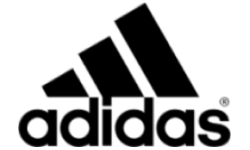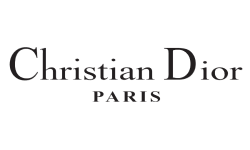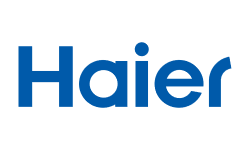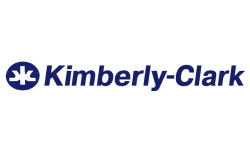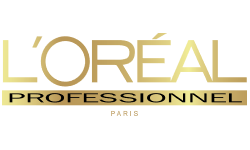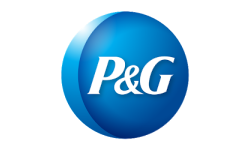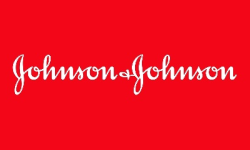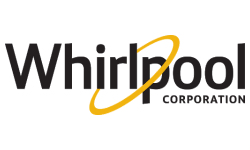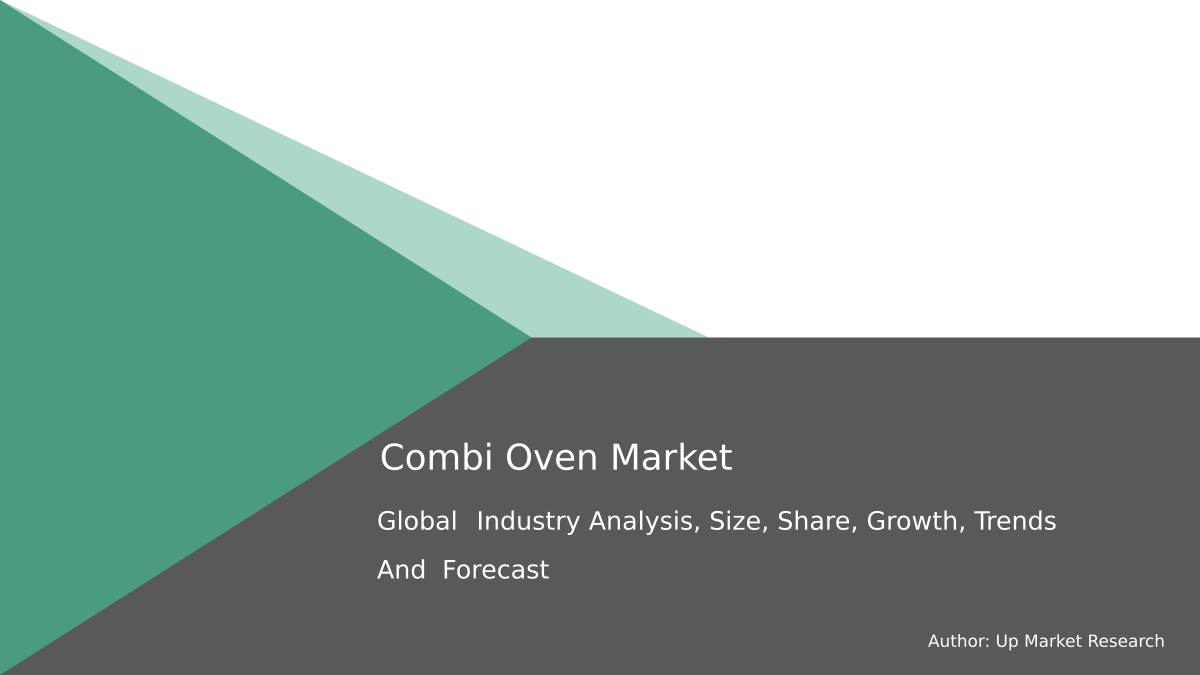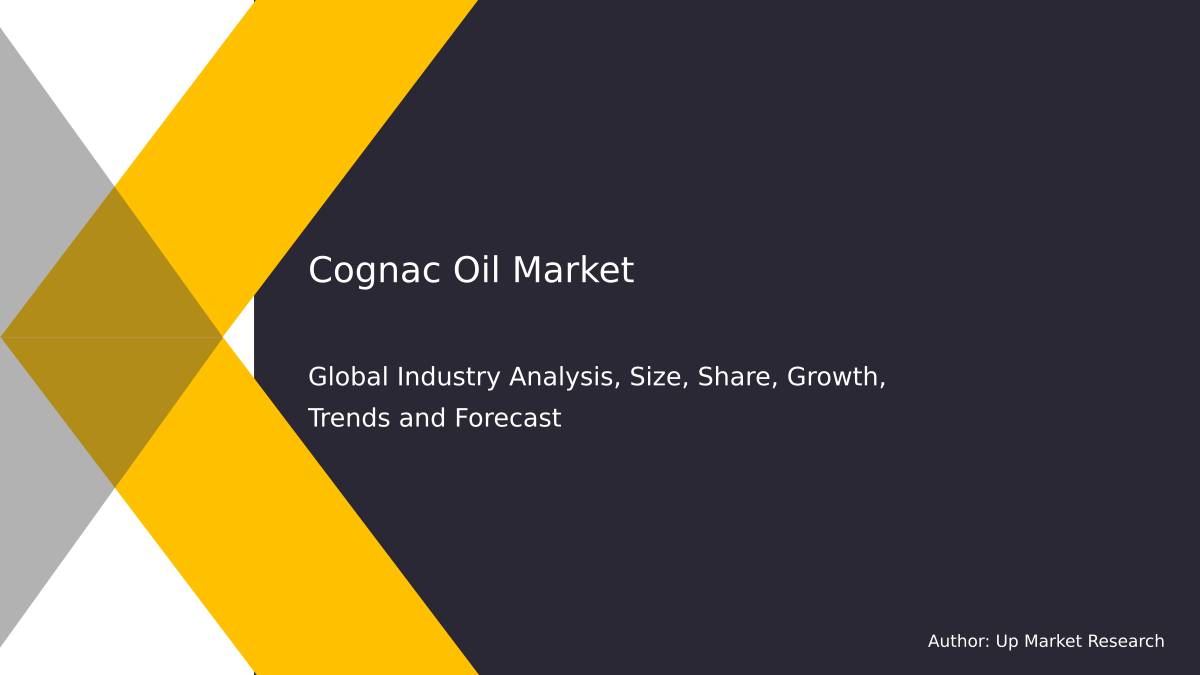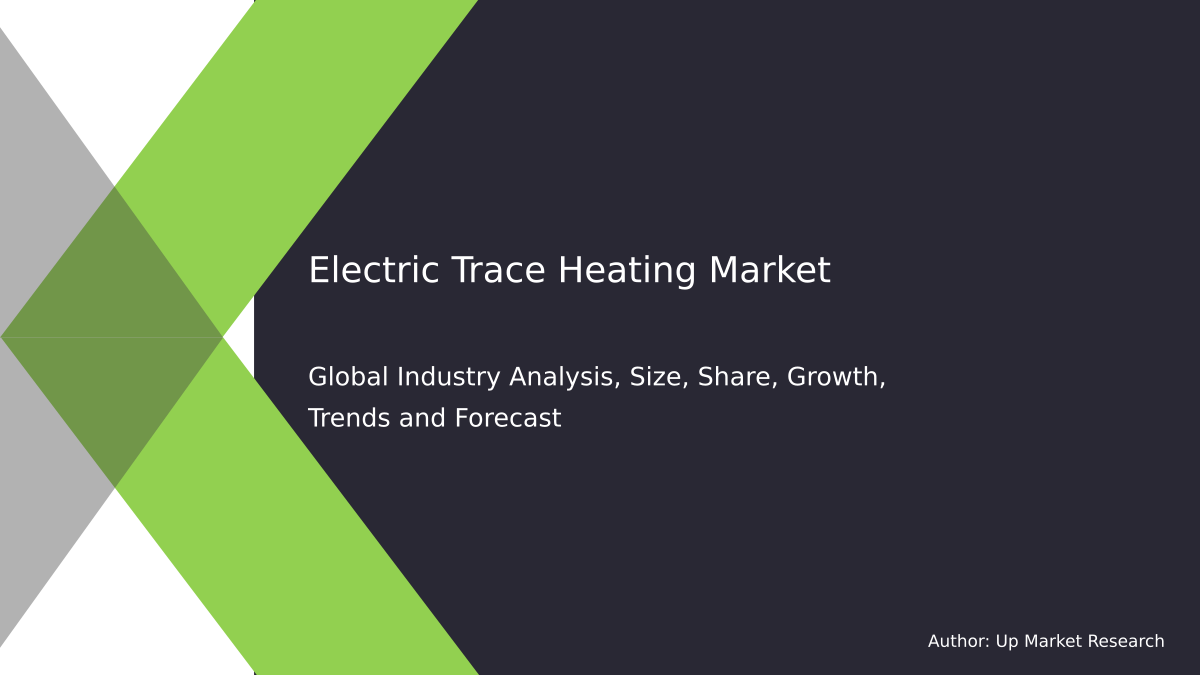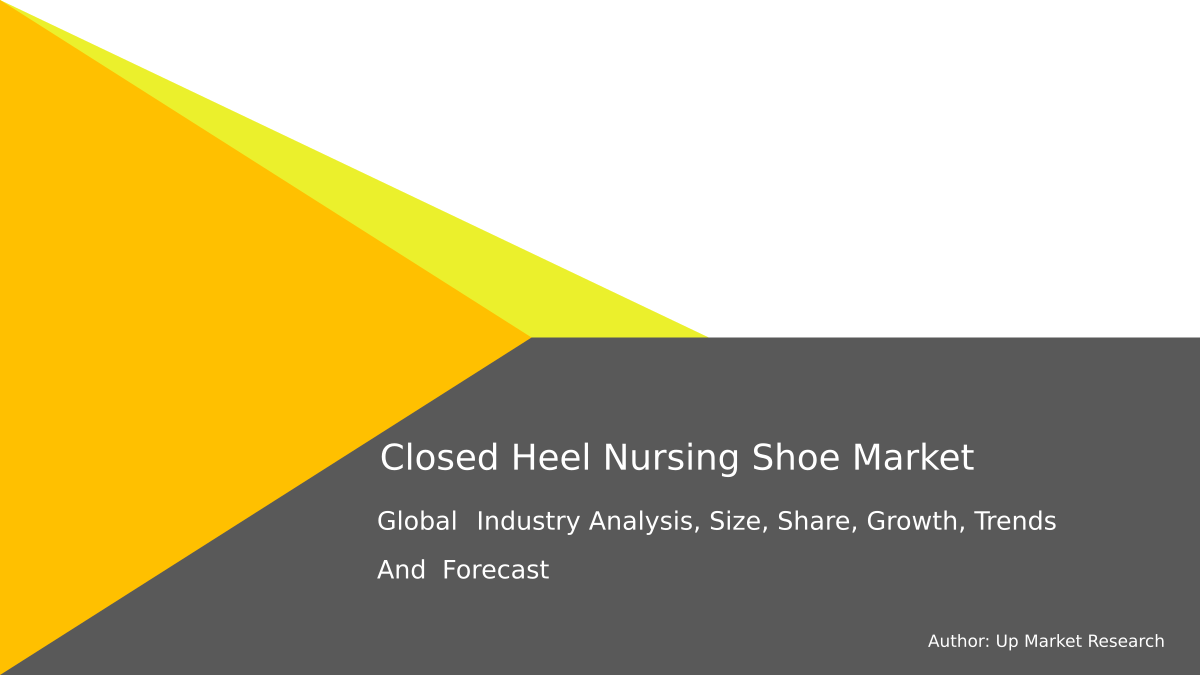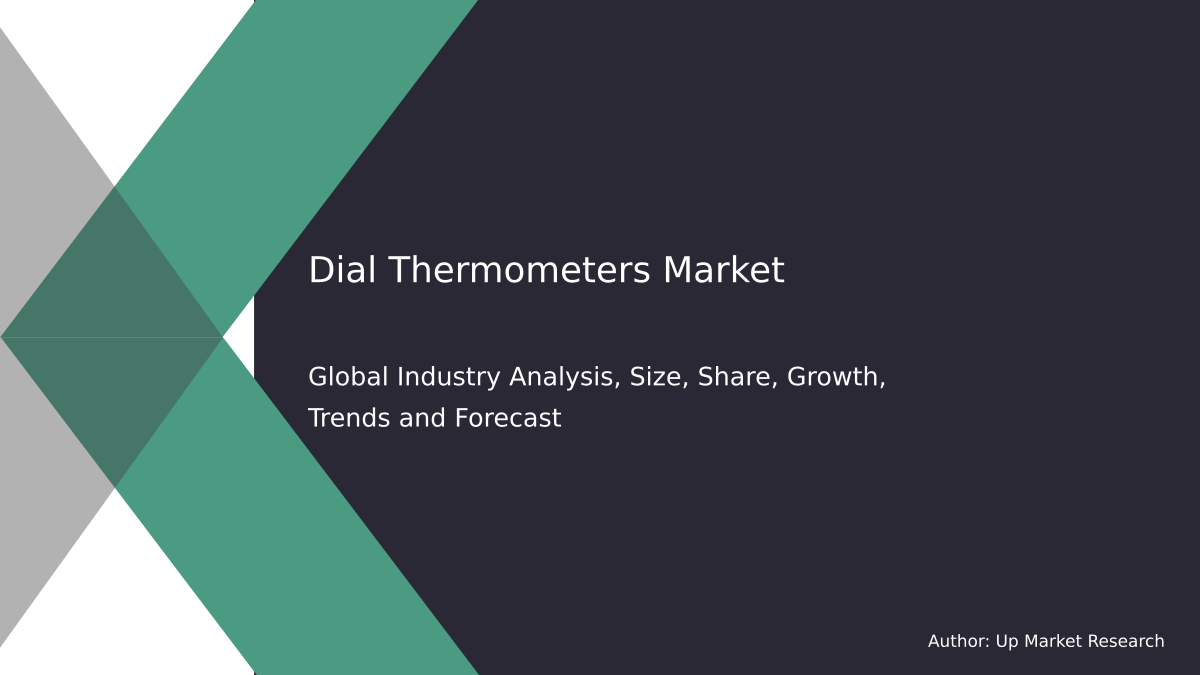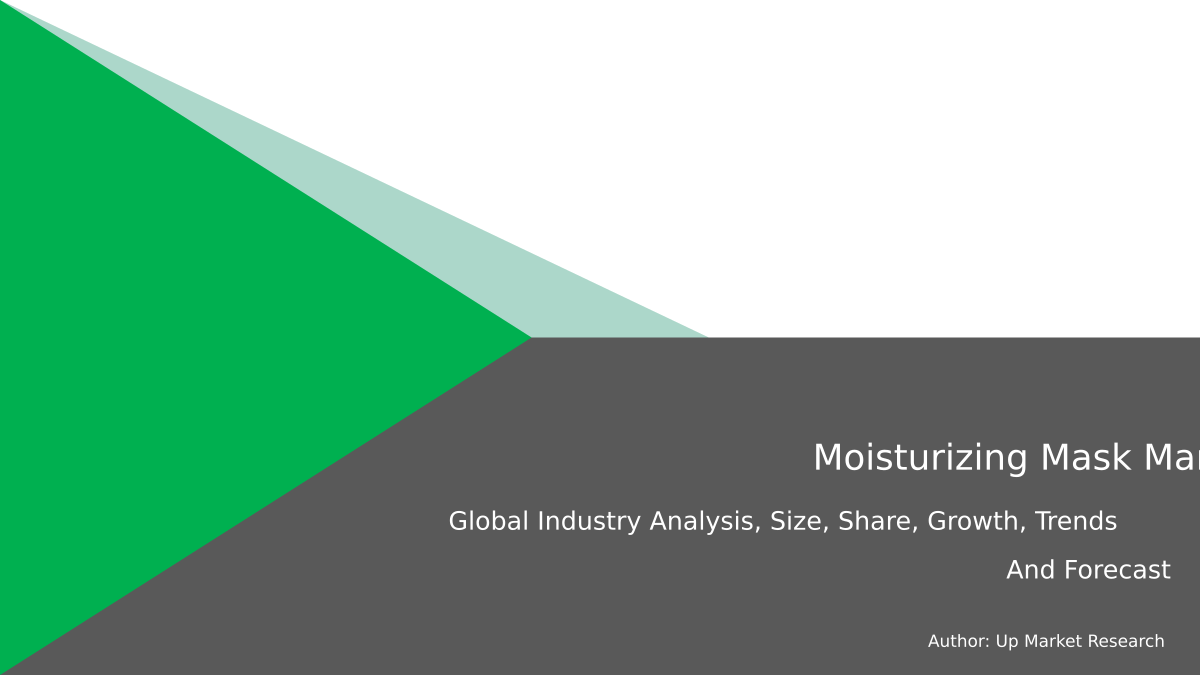
Global Fully Enclosed Protective Clothing Market by Type (Protective Clothing Based on Aramid yarns, Protective Clothing Based on Modacrylic yarns, Others), By Application (Oil & Gas Industry, Construction & Manufacturing Industry, Health Care & Medical Industry, Mining Industry, Military Industry, Firefighting & Law Enforcement Industry, Others Industry) and Region (North America, Latin America, Europe, Asia Pacific and Middle East & Africa), Forecast To 2028
The Global Fully Enclosed Protective Clothing Market size is projected to grow at a CAGR of 4.1% during the forecast period (2021-2028) and reach USD 2,758.4 million by 2028. The growth in this industry will be driven by rising demand from emerging economies such as India and China where safety standards are not so strict with respect to toxic chemicals and hazardous substances in workplaces or industries such as oil & gas, construction & manufacturing, health care & medical, mining, etc., where accidents happen more often than expected.
Fully Enclosed Protective Clothing is protective clothing that offers complete protection to the wearer. It includes head, hands, and body protection garments as well as footwear. This type of garment has a high level of wearability in performing tasks with limited mobility which are usually done by workers engaged in hazardous environments such as at construction sites or oil rigs.
Fully enclosed protective clothing has a positive impact on safety levels by preventing accidents from happening due to its capability in resisting high voltage electric shock or heat resistance materials so it can be worn anywhere without any worries about dangers lurking ahead.
On the basis of Type, the market is segmented into Protective Clothing Based on Aramid Yarns, Protective Clothing Based on Modacrylic Yarns, and Others.
Protective Clothing Based on Aramid Yarns:
Protective Clothing Based on Aramid yarns is usually used in the health care and medical industry. These products include protective clothing, gloves, masks, gowns, and surgical drapes. They have high heat resistance that protects against injuries caused by fires or flames as well as protection from chemicals such as acids or alkalis with a pH of less than 12 while providing physical barrier defense to particulate matter like dust particles.
Protective Clothing Based on Modacrylic Yarns:
Protective clothing based on modacrylic yarns is essential for industries that work in hazardous environments such as oil and gas, construction, and manufacturing. These protective clothing can be made from fabrics that protect against chemicals that could cause skin irritation or respiratory hazards. Modacrylic is a man-made fiber with excellent resistance to heat, acids, solvents, and light protection while being lightweight.
On the basis of Application, the market is segmented into Oil & Gas Industry, Construction & Manufacturing Industry, Health Care & Medical Industry, Mining Industry, Military Industry Firefighting & Law Enforcement Industry, and others industry.
The use of Fully Enclosed Protective Clothing is based on the type and application. For example, the oil & gas industry employs this as their working attire which consists of protective clothing and footwear that are used to reduce occupational hazards in such tasks as welding or insulation installation. Construction & Manufacturing Industry also utilizes it for hazardous environments when workers need protection from chemicals, dust, oils, etc. Health Care & Medical Industry uses these garments while dealing with infectious diseases patients who may have low immunity against airborne infections.
On the basis of Region, the market is segmented into North America, Latin America, Europe, Asia Pacific, and Middle East & Africa. Among these regions North American dominates the global market with a share of nearly 34% in 2018 and is projected to be 32% by 2028 end; followed by Europe which has the second-highest share at over 27%.
The global major countries such as U.S., China, India, and Japan are considered dominant players in this industry. North America leads in terms of consumption volume due to high demand for safety products from its oil and gas sector industries followed by Europe while the Asia Pacific region dominates the production share owing to increasing manufacturing activities across all applications segments except the military sector. Moreover, government regulations related to occupational health and safety have created opportunities for the market in Latin America, and Middle East & Africa regions.
Growth Factors For The Global Fully Enclosed Protective Clothing Market:
The growth opportunities for these markets can be attributed to the increasing demand for protective clothing across various sectors globally. For instance rise in the number of accidents on account of hazardous substances being handled by industries has led to a substantial increase in demand for such products among workers worldwide which will also lead to an increase in revenue over coming years owing to increased spending power particularly from emerging economies including India and China. The other application segments could face significant competition as they are still unexploited domains while established players have been able to capitalize on the market.
Up Market Research published a new report titled “Fully Enclosed Protective Clothing Market research report which is segmented by Types (Protective Clothing Based on Aramid yarns, Protective Clothing Based on Modacrylic yarns, Others), By Applications (Oil & Gas Industry, Construction & Manufacturing Industry, Health Care & Medical Industry, Mining Industry, Military Industry, Firefighting & Law Enforcement Industry, Others Industry), By Players/Companies Fil Man Made Group, Jianhu Wangda, Formosa Plastics Group, Karsu, Arvind, FA Kümpers, Spinnerei Lampertsmühle, Flasa”.
Report Scope
| Report Attributes | Report Details |
| Report Title | Fully Enclosed Protective Clothing Market Research Report |
| By Type | Protective Clothing Based on Aramid yarns, Protective Clothing Based on Modacrylic yarns, Others |
| By Application | Oil & Gas Industry, Construction & Manufacturing Industry, Health Care & Medical Industry, Mining Industry, Military Industry, Firefighting & Law Enforcement Industry, Others Industry |
| By Companies | Fil Man Made Group, Jianhu Wangda, Formosa Plastics Group, Karsu, Arvind, FA Kümpers, Spinnerei Lampertsmühle, Flasa |
| Regions Covered | North America, Europe, APAC, Latin America, MEA |
| Base Year | 2020 |
| Historical Year | 2018 to 2019 (Data from 2010 can be provided as per availability) |
| Forecast Year | 2028 |
| Number of Pages | 222 |
| Number of Tables & Figures | 156 |
| Customization Available | Yes, the report can be customized as per your need. |
The report covers comprehensive data on emerging trends, market drivers, growth opportunities, and restraints that can change the market dynamics of the industry. It provides an in-depth analysis of the market segments which include products, applications, and competitor analysis.

Global Fully Enclosed Protective Clothing Market Report Segments:
The market is segmented by Type Protective Clothing Based on Aramid yarns, Protective Clothing Based on Modacrylic yarns, Others and By Application Oil & Gas Industry, Construction & Manufacturing Industry, Health Care & Medical Industry, Mining Industry, Military Industry, Firefighting & Law Enforcement Industry, Others Industry.
Some of the companies that are profiled in this report are:
- Fil Man Made Group
- Jianhu Wangda
- Formosa Plastics Group
- Karsu
- Arvind
- FA Kümpers
- Spinnerei Lampertsmühle
- Flasa
Fully Enclosed Protective Clothing Market research report delivers a close watch on leading competitors with strategic analysis, micro and macro market trend and scenarios, pricing analysis and a holistic overview of the market situations in the forecast period. It is a professional and a detailed report focusing on primary and secondary drivers, market share, leading segments and geographical analysis. Further, key players, major collaborations, merger & acquisitions along with trending innovation and business policies are reviewed in the report.
Key Benefits for Industry Participants & Stakeholders:
- Industry drivers, restraints, and opportunities covered in the study
- Neutral perspective on the market performance
- Recent industry trends and developments
- Competitive landscape & strategies of key players
- Potential & niche segments and regions exhibiting promising growth covered
- Historical, current, and projected market size, in terms of value
- In-depth analysis of the Fully Enclosed Protective Clothing Market
Overview of the regional outlook of the Fully Enclosed Protective Clothing Market:
Based on region, the market is segmented into North America, Europe, Asia Pacific, Latin America and Middle East & Africa (MEA). North America region is further bifurcated into countries such as U.S., and Canada. The Europe region is further categorized into U.K., France, Germany, Italy, Spain, Russia, and Rest of Europe. Asia Pacific is further segmented into China, Japan, South Korea, India, Australia, South East Asia, and Rest of Asia Pacific. Latin America region is further segmented into Brazil, Mexico, and Rest of Latin America, and the MEA region is further divided into GCC, Turkey, South Africa, and Rest of MEA.

Highlights of The Fully Enclosed Protective Clothing Market Report:
- The market structure and projections for the coming years.
- Drivers, restraints, opportunities, and current trends of Fully Enclosed Protective Clothing Market.
- Historical data and forecast.
- Estimations for the forecast period 2028.
- Developments and trends in the market.
- By Type:
1. Protective Clothing Based on Aramid yarns
2. Protective Clothing Based on Modacrylic yarns
3. Others
7. By Application:1. Oil & Gas Industry
2. Construction & Manufacturing Industry
3. Health Care & Medical Industry
4. Mining Industry
5. Military Industry
6. Firefighting & Law Enforcement Industry
7. Others Industry
- Market scenario by region, sub-region, and country.
- Market share of the market players, company profiles, product specifications, SWOT analysis, and competitive landscape.
- Analysis regarding upstream raw materials, downstream demand, and current market dynamics.
- Government Policies, Macro & Micro economic factors are also included in the report.
We have studied the Fully Enclosed Protective Clothing Market in 360 degrees via. both primary & secondary research methodologies. This helped us in building an understanding of the current market dynamics, supply-demand gap, pricing trends, product preferences, consumer patterns & so on. The findings were further validated through primary research with industry experts & opinion leaders across countries. The data is further compiled & validated through various market estimation & data validation methodologies. Further, we also have our in-house data forecasting model to predict market growth up to 2028.
How you may use our products:
- Correctly Positioning New Products
- Market Entry Strategies
- Business Expansion Strategies
- Consumer Insights
- Understanding Competition Scenario
- Product & Brand Management
- Channel & Customer Management
- Identifying Appropriate Advertising Appeals

Reasons to Purchase the Fully Enclosed Protective Clothing Market Report:
- The report includes a plethora of information such as market dynamics scenario and opportunities during the forecast period
- Segments and sub-segments include quantitative, qualitative, value (USD Million,) and volume (Units Million) data.
- Regional, sub-regional, and country level data includes the demand and supply forces along with their influence on the market.
- The competitive landscape comprises share of key players, new developments, and strategies in the last three years.
- Comprehensive companies offering products, relevant financial information, recent developments, SWOT analysis, and strategies by these players.
Chapter 2 Assumptions and Acronyms Used
Chapter 3 Research Methodology
Chapter 4 Fully Enclosed Protective Clothing Market Overview
4.1 Introduction
4.1.1 Market Taxonomy
4.1.2 Market Definition
4.1.3 Macro-Economic Factors Impacting the Market Growth
4.2 Fully Enclosed Protective Clothing Market Dynamics
4.2.1 Market Drivers
4.2.2 Market Restraints
4.2.3 Market Opportunity
4.3 Fully Enclosed Protective Clothing Market - Supply Chain Analysis
4.3.1 List of Key Suppliers
4.3.2 List of Key Distributors
4.3.3 List of Key Consumers
4.4 Key Forces Shaping the Fully Enclosed Protective Clothing Market
4.4.1 Bargaining Power of Suppliers
4.4.2 Bargaining Power of Buyers
4.4.3 Threat of Substitution
4.4.4 Threat of New Entrants
4.4.5 Competitive Rivalry
4.5 Global Fully Enclosed Protective Clothing Market Size & Forecast, 2018-2028
4.5.1 Fully Enclosed Protective Clothing Market Size and Y-o-Y Growth
4.5.2 Fully Enclosed Protective Clothing Market Absolute $ Opportunity
Chapter 5 Global Fully Enclosed Protective Clothing Market Analysis and Forecast by Type
5.1 Introduction
5.1.1 Key Market Trends & Growth Opportunities by Type
5.1.2 Basis Point Share (BPS) Analysis by Type
5.1.3 Absolute $ Opportunity Assessment by Type
5.2 Fully Enclosed Protective Clothing Market Size Forecast by Type
5.2.1 Protective Clothing Based on Aramid yarns
5.2.2 Protective Clothing Based on Modacrylic yarns
5.2.3 Others
5.3 Market Attractiveness Analysis by Type
Chapter 6 Global Fully Enclosed Protective Clothing Market Analysis and Forecast by Applications
6.1 Introduction
6.1.1 Key Market Trends & Growth Opportunities by Applications
6.1.2 Basis Point Share (BPS) Analysis by Applications
6.1.3 Absolute $ Opportunity Assessment by Applications
6.2 Fully Enclosed Protective Clothing Market Size Forecast by Applications
6.2.1 Oil & Gas Industry
6.2.2 Construction & Manufacturing Industry
6.2.3 Health Care & Medical Industry
6.2.4 Mining Industry
6.2.5 Military Industry
6.2.6 Firefighting & Law Enforcement Industry
6.2.7 Others Industry
6.3 Market Attractiveness Analysis by Applications
Chapter 7 Global Fully Enclosed Protective Clothing Market Analysis and Forecast by Region
7.1 Introduction
7.1.1 Key Market Trends & Growth Opportunities by Region
7.1.2 Basis Point Share (BPS) Analysis by Region
7.1.3 Absolute $ Opportunity Assessment by Region
7.2 Fully Enclosed Protective Clothing Market Size Forecast by Region
7.2.1 North America
7.2.2 Europe
7.2.3 Asia Pacific
7.2.4 Latin America
7.2.5 Middle East & Africa (MEA)
7.3 Market Attractiveness Analysis by Region
Chapter 8 Coronavirus Disease (COVID-19) Impact
8.1 Introduction
8.2 Current & Future Impact Analysis
8.3 Economic Impact Analysis
8.4 Government Policies
8.5 Investment Scenario
Chapter 9 North America Fully Enclosed Protective Clothing Analysis and Forecast
9.1 Introduction
9.2 North America Fully Enclosed Protective Clothing Market Size Forecast by Country
9.2.1 U.S.
9.2.2 Canada
9.3 Basis Point Share (BPS) Analysis by Country
9.4 Absolute $ Opportunity Assessment by Country
9.5 Market Attractiveness Analysis by Country
9.6 North America Fully Enclosed Protective Clothing Market Size Forecast by Type
9.6.1 Protective Clothing Based on Aramid yarns
9.6.2 Protective Clothing Based on Modacrylic yarns
9.6.3 Others
9.7 Basis Point Share (BPS) Analysis by Type
9.8 Absolute $ Opportunity Assessment by Type
9.9 Market Attractiveness Analysis by Type
9.10 North America Fully Enclosed Protective Clothing Market Size Forecast by Applications
9.10.1 Oil & Gas Industry
9.10.2 Construction & Manufacturing Industry
9.10.3 Health Care & Medical Industry
9.10.4 Mining Industry
9.10.5 Military Industry
9.10.6 Firefighting & Law Enforcement Industry
9.10.7 Others Industry
9.11 Basis Point Share (BPS) Analysis by Applications
9.12 Absolute $ Opportunity Assessment by Applications
9.13 Market Attractiveness Analysis by Applications
Chapter 10 Europe Fully Enclosed Protective Clothing Analysis and Forecast
10.1 Introduction
10.2 Europe Fully Enclosed Protective Clothing Market Size Forecast by Country
10.2.1 Germany
10.2.2 France
10.2.3 Italy
10.2.4 U.K.
10.2.5 Spain
10.2.6 Russia
10.2.7 Rest of Europe
10.3 Basis Point Share (BPS) Analysis by Country
10.4 Absolute $ Opportunity Assessment by Country
10.5 Market Attractiveness Analysis by Country
10.6 Europe Fully Enclosed Protective Clothing Market Size Forecast by Type
10.6.1 Protective Clothing Based on Aramid yarns
10.6.2 Protective Clothing Based on Modacrylic yarns
10.6.3 Others
10.7 Basis Point Share (BPS) Analysis by Type
10.8 Absolute $ Opportunity Assessment by Type
10.9 Market Attractiveness Analysis by Type
10.10 Europe Fully Enclosed Protective Clothing Market Size Forecast by Applications
10.10.1 Oil & Gas Industry
10.10.2 Construction & Manufacturing Industry
10.10.3 Health Care & Medical Industry
10.10.4 Mining Industry
10.10.5 Military Industry
10.10.6 Firefighting & Law Enforcement Industry
10.10.7 Others Industry
10.11 Basis Point Share (BPS) Analysis by Applications
10.12 Absolute $ Opportunity Assessment by Applications
10.13 Market Attractiveness Analysis by Applications
Chapter 11 Asia Pacific Fully Enclosed Protective Clothing Analysis and Forecast
11.1 Introduction
11.2 Asia Pacific Fully Enclosed Protective Clothing Market Size Forecast by Country
11.2.1 China
11.2.2 Japan
11.2.3 South Korea
11.2.4 India
11.2.5 Australia
11.2.6 South East Asia (SEA)
11.2.7 Rest of Asia Pacific (APAC)
11.3 Basis Point Share (BPS) Analysis by Country
11.4 Absolute $ Opportunity Assessment by Country
11.5 Market Attractiveness Analysis by Country
11.6 Asia Pacific Fully Enclosed Protective Clothing Market Size Forecast by Type
11.6.1 Protective Clothing Based on Aramid yarns
11.6.2 Protective Clothing Based on Modacrylic yarns
11.6.3 Others
11.7 Basis Point Share (BPS) Analysis by Type
11.8 Absolute $ Opportunity Assessment by Type
11.9 Market Attractiveness Analysis by Type
11.10 Asia Pacific Fully Enclosed Protective Clothing Market Size Forecast by Applications
11.10.1 Oil & Gas Industry
11.10.2 Construction & Manufacturing Industry
11.10.3 Health Care & Medical Industry
11.10.4 Mining Industry
11.10.5 Military Industry
11.10.6 Firefighting & Law Enforcement Industry
11.10.7 Others Industry
11.11 Basis Point Share (BPS) Analysis by Applications
11.12 Absolute $ Opportunity Assessment by Applications
11.13 Market Attractiveness Analysis by Applications
Chapter 12 Latin America Fully Enclosed Protective Clothing Analysis and Forecast
12.1 Introduction
12.2 Latin America Fully Enclosed Protective Clothing Market Size Forecast by Country
12.2.1 Brazil
12.2.2 Mexico
12.2.3 Rest of Latin America (LATAM)
12.3 Basis Point Share (BPS) Analysis by Country
12.4 Absolute $ Opportunity Assessment by Country
12.5 Market Attractiveness Analysis by Country
12.6 Latin America Fully Enclosed Protective Clothing Market Size Forecast by Type
12.6.1 Protective Clothing Based on Aramid yarns
12.6.2 Protective Clothing Based on Modacrylic yarns
12.6.3 Others
12.7 Basis Point Share (BPS) Analysis by Type
12.8 Absolute $ Opportunity Assessment by Type
12.9 Market Attractiveness Analysis by Type
12.10 Latin America Fully Enclosed Protective Clothing Market Size Forecast by Applications
12.10.1 Oil & Gas Industry
12.10.2 Construction & Manufacturing Industry
12.10.3 Health Care & Medical Industry
12.10.4 Mining Industry
12.10.5 Military Industry
12.10.6 Firefighting & Law Enforcement Industry
12.10.7 Others Industry
12.11 Basis Point Share (BPS) Analysis by Applications
12.12 Absolute $ Opportunity Assessment by Applications
12.13 Market Attractiveness Analysis by Applications
Chapter 13 Middle East & Africa (MEA) Fully Enclosed Protective Clothing Analysis and Forecast
13.1 Introduction
13.2 Middle East & Africa (MEA) Fully Enclosed Protective Clothing Market Size Forecast by Country
13.2.1 Saudi Arabia
13.2.2 South Africa
13.2.3 UAE
13.2.4 Rest of Middle East & Africa (MEA)
13.3 Basis Point Share (BPS) Analysis by Country
13.4 Absolute $ Opportunity Assessment by Country
13.5 Market Attractiveness Analysis by Country
13.6 Middle East & Africa (MEA) Fully Enclosed Protective Clothing Market Size Forecast by Type
13.6.1 Protective Clothing Based on Aramid yarns
13.6.2 Protective Clothing Based on Modacrylic yarns
13.6.3 Others
13.7 Basis Point Share (BPS) Analysis by Type
13.8 Absolute $ Opportunity Assessment by Type
13.9 Market Attractiveness Analysis by Type
13.10 Middle East & Africa (MEA) Fully Enclosed Protective Clothing Market Size Forecast by Applications
13.10.1 Oil & Gas Industry
13.10.2 Construction & Manufacturing Industry
13.10.3 Health Care & Medical Industry
13.10.4 Mining Industry
13.10.5 Military Industry
13.10.6 Firefighting & Law Enforcement Industry
13.10.7 Others Industry
13.11 Basis Point Share (BPS) Analysis by Applications
13.12 Absolute $ Opportunity Assessment by Applications
13.13 Market Attractiveness Analysis by Applications
Chapter 14 Competition Landscape
14.1 Fully Enclosed Protective Clothing Market: Competitive Dashboard
14.2 Global Fully Enclosed Protective Clothing Market: Market Share Analysis, 2019
14.3 Company Profiles (Details – Overview, Financials, Developments, Strategy)
14.3.1 Fil Man Made Group
14.3.2 Jianhu Wangda
14.3.3 Formosa Plastics Group
14.3.4 Karsu
14.3.5 Arvind
14.3.6 FA Kümpers
14.3.7 Spinnerei Lampertsmühle
14.3.8 Flasa
The global Fully Enclosed Protective Clothing market has been segmented based on
By Types
- Protective Clothing Based on Aramid yarns
- Protective Clothing Based on Modacrylic yarns
- Others
- Oil & Gas Industry
- Construction & Manufacturing Industry
- Health Care & Medical Industry
- Mining Industry
- Military Industry
- Firefighting & Law Enforcement Industry
- Others Industry
- Asia Pacific
- North America
- Latin America
- Europe
- Middle East & Africa
- Fil Man Made Group
- Jianhu Wangda
- Formosa Plastics Group
- Karsu
- Arvind
- FA Kümpers
- Spinnerei Lampertsmühle
- Flasa
Related Reports
Some other reports from this category!

